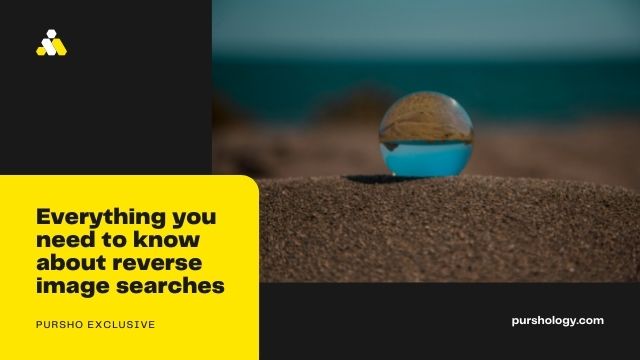Most people are familiar with the traditional search engine, in which you type words into a search bar and receive a results list. However, did you know that you can also search using images? This process is called a reverse image search.
A reverse image search is performed by uploading an image (or clicking on one already online) and then searching for visually similar images. This can be useful if you’re trying to find the original source of an image or find higher-resolution versions.
Introduction: what is a reverse image search, and why should you use one
A reverse image search is searching the web for images similar to or related to a given image. You can do a reverse image search on Google, Bing, and other search engines.
Why should you use a reverse image search? There are several reasons. For one, it can help you find the original source of an image. If you see an image online and want to know where it came from, a reverse image search can help you track it down.
Reverse image searches can also be used to find higher-quality versions of an image or to find similar images. If you have a low-resolution image and want to find a better version of it, a reverse image search can help you locate one.
How to do a reverse image search
What if you could find out everything about a person just by looking at a single photograph? In the internet age, that’s not just a possibility—it’s a reality. All you need is a reverse image search.
A reverse image search is exactly what it sounds like: instead of searching for text, you search for an image. This can be done with different search engines, but the most popular is www.reverseimagesearch.org. Simply go to images. A reverse image search is when you take a picture and upload it into a search engine to see if that image appears anywhere else on the internet. This can be helpful if you’re trying to find an image’s source or similar images. Here’s everything you need to know about reverse image searches.
The best reverse image search engines
There are several great reverse image search engines available, but some are better than others. Here are a few of the best:
- Google Images: Google’s image search is one of the web’s most popular and well-known image search engines. It’s also one of the best at finding similar images.
- TinEye: TinEye is a specialized reverse image search engine that’s been around since 2008. It’s particularly good at finding higher-resolution versions of an image or finding alternative file formats (like JPEG vs. PNG).
- Getty Images: Getty Images is a massive stock photo agency, and its search engine can be used to find free and paid images.
What to do with your results
Most people are familiar with Google Image Search. You can find all sorts of images by searching for keywords. But what if you have an image and want to find out where it came from or what it’s about? That’s where a reverse image search comes in handy.
A reverse image search is a search engine query in which the user provides an image as the query input instead of text. The search engine returns results related to the image, including similar images and websites that contain the image.
Conclusion
When you Google search something, you’re looking for text. But what if what you want is an image? That’s where a reverse image search comes in handy. As the name suggests, this search type is the opposite of a standard Google search. With a reverse image search, you start with an image and then find similar images or websites that contain that same image. This can be helpful if you want to find out where an image came from, find higher resolution versions of an image, or discover similar images.




